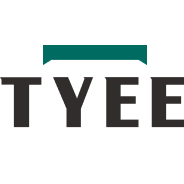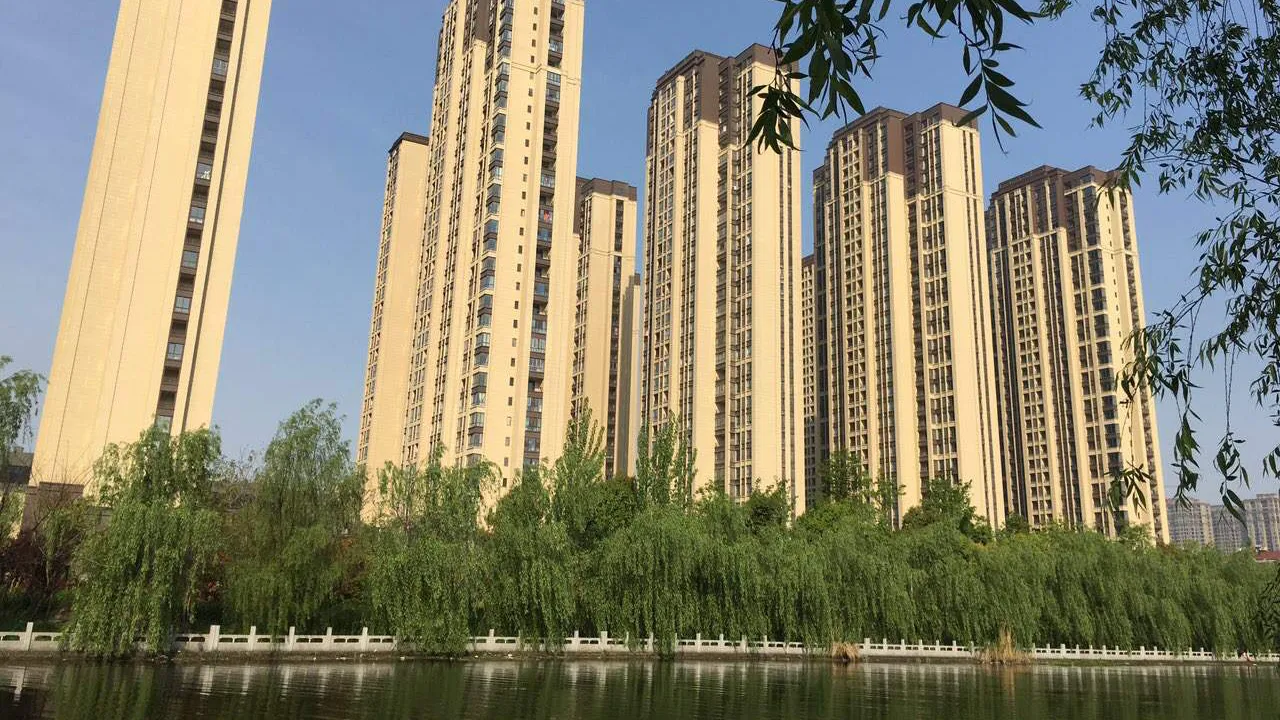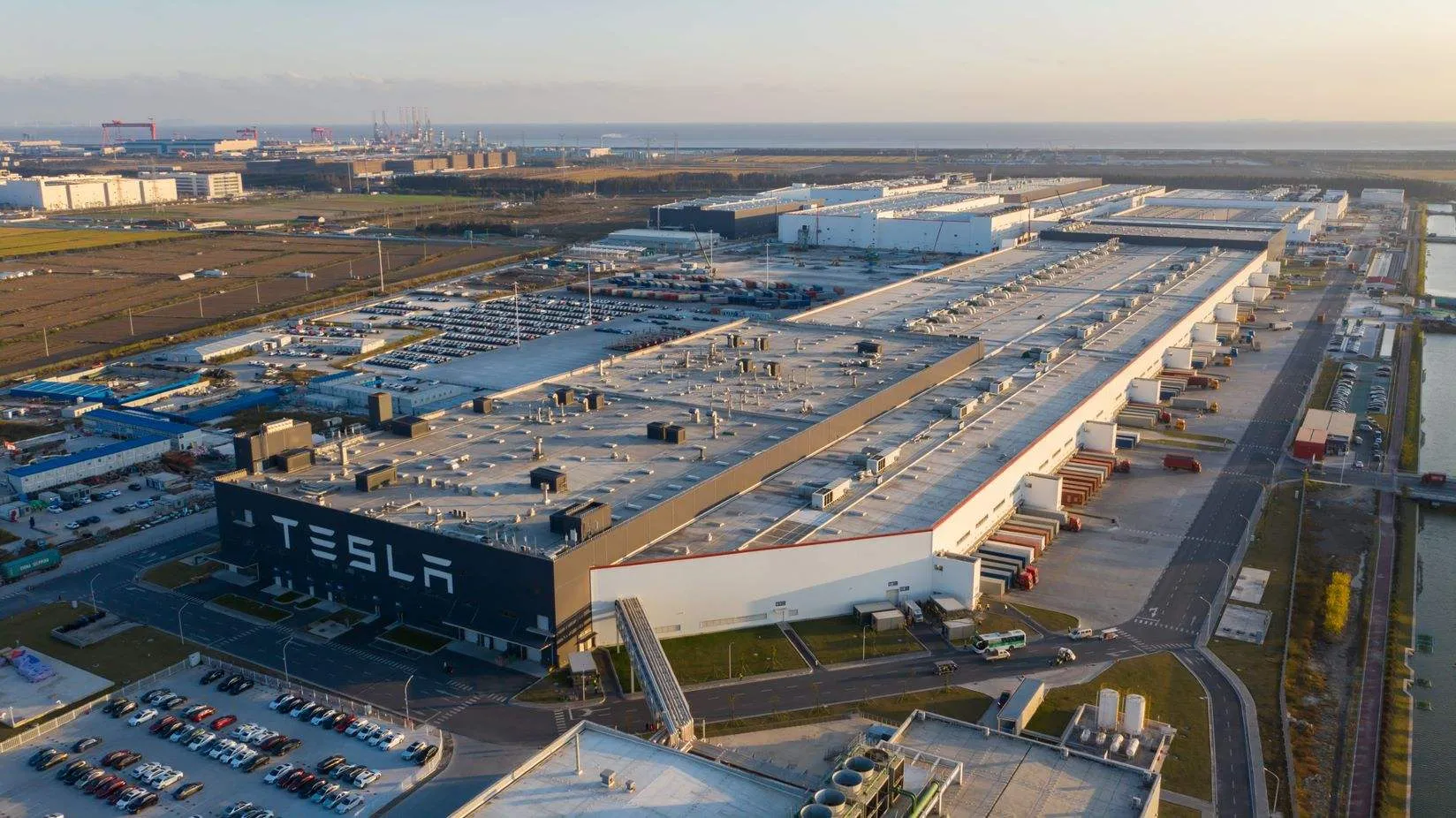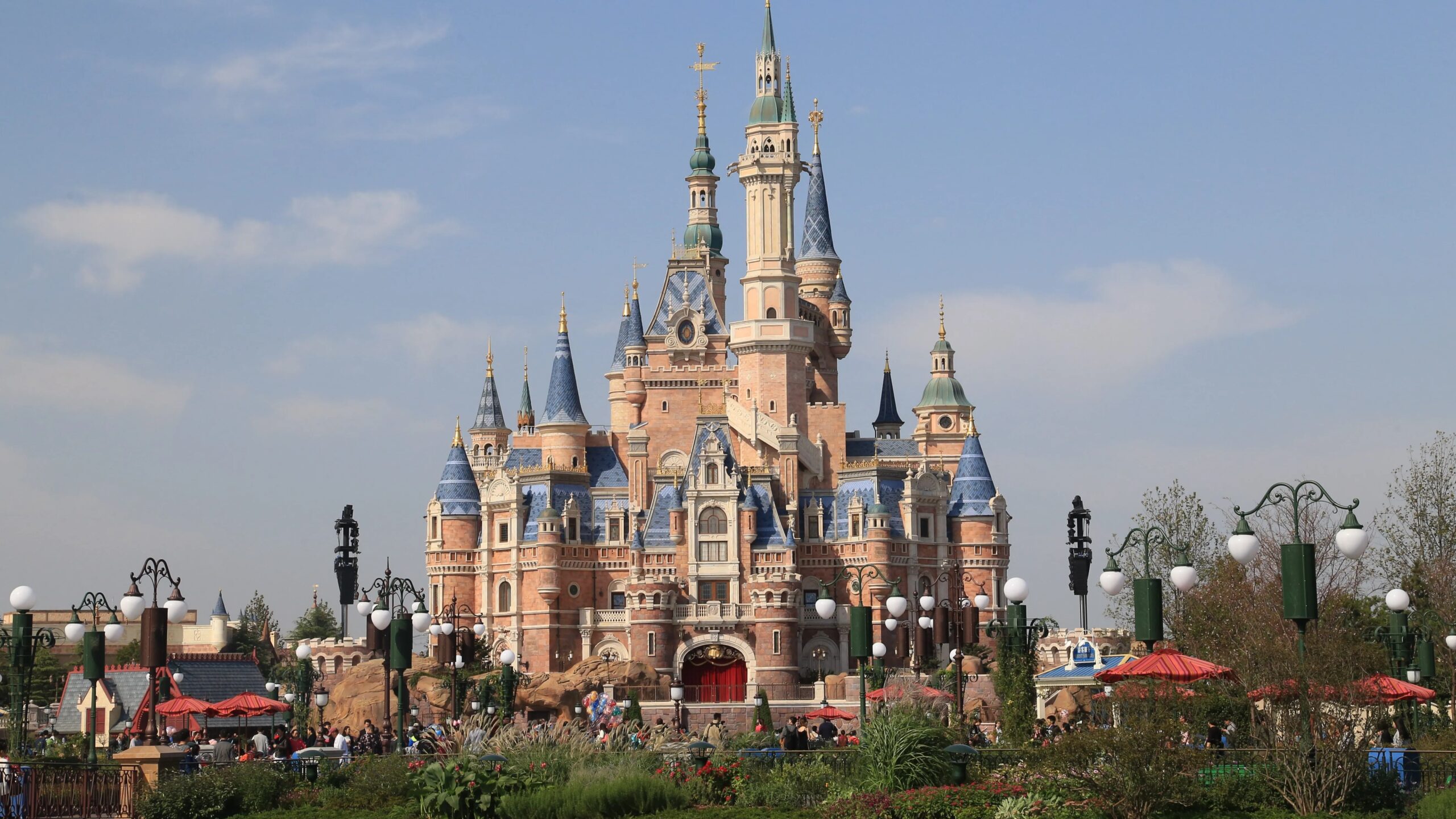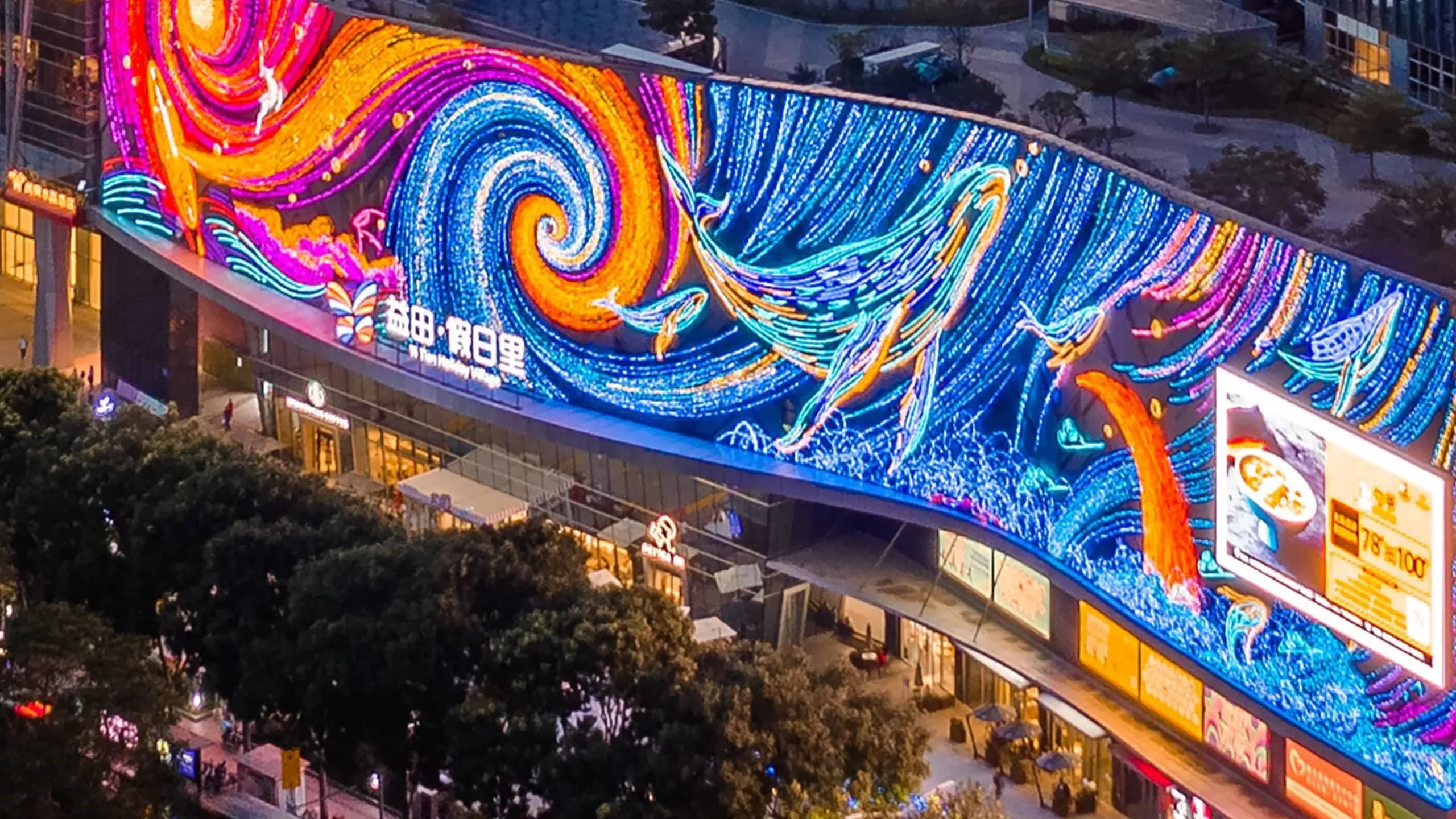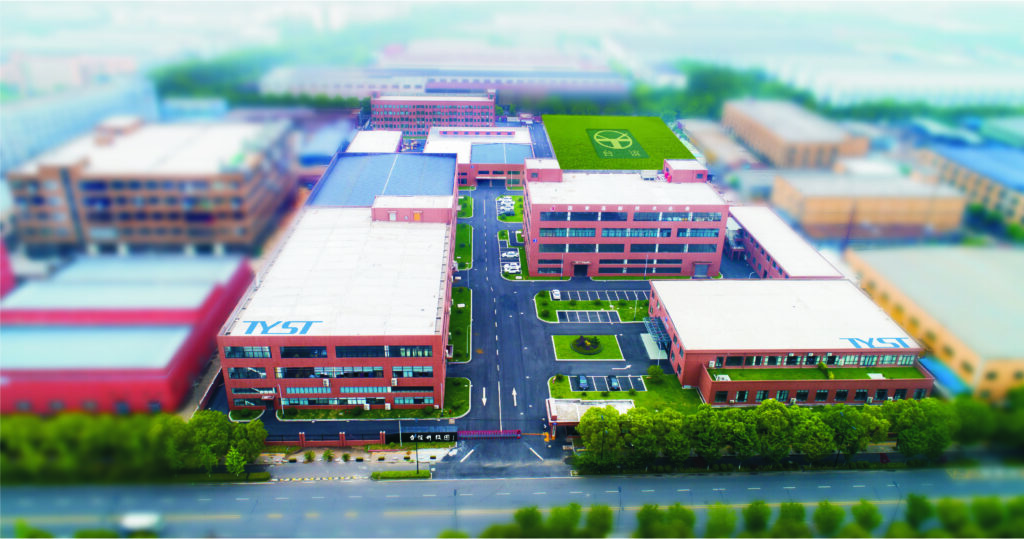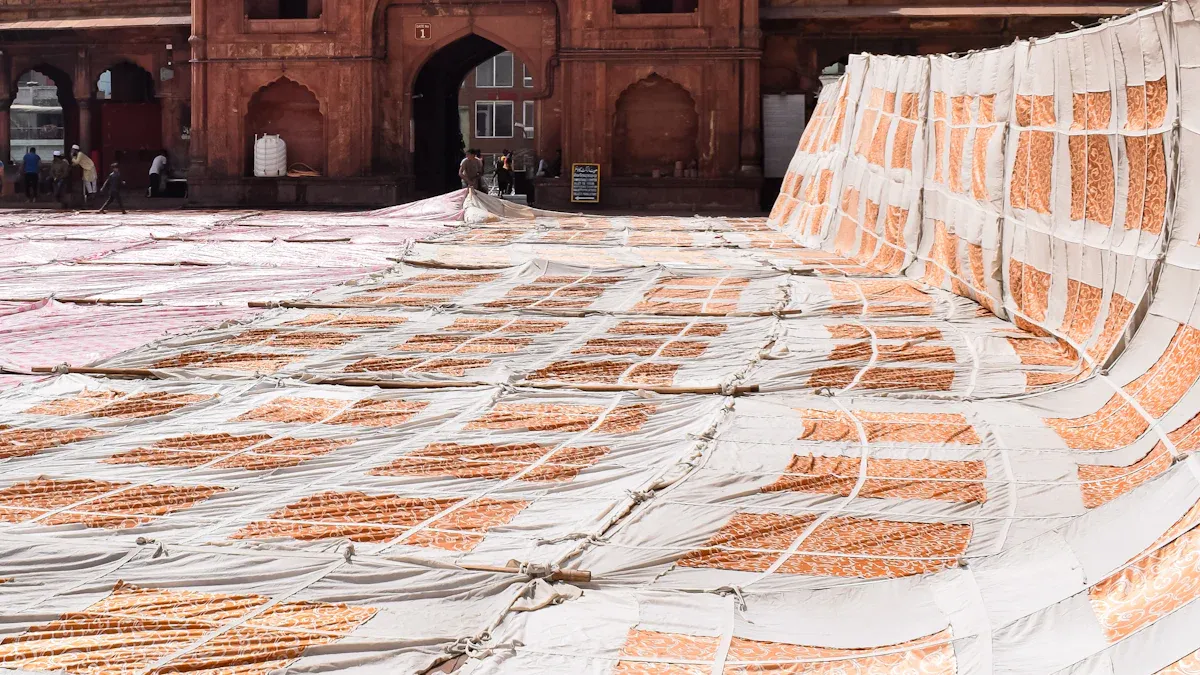
Protecting museums and religious sites in the Middle East presents unique challenges, especially when it comes to achieving Zero-Damage Fire Safety. The goal is to prevent fires without causing any harm to priceless artifacts or sacred buildings. Middle East Museum Fire Protection requires advanced, non-invasive technologies—such as aspirating smoke detectors and line heat detectors—that deliver early and reliable protection for cultural heritage sites. Innovative brands like Tyee are setting new standards in this field by offering the following features:
Feature | Description |
|---|---|
Multi-channel alerts enable rapid detection of fire risks, ensuring early intervention | |
Water Pressure Monitoring | Continuously monitors hydrants and tanks to guarantee readiness in historic locations |
AI Video Surveillance | Identifies blocked escape routes in crowded environments, supporting safe evacuation |
By integrating Zero-Damage Fire Safety and Middle East Museum Fire Protection solutions with smart technologies, you can safeguard history, protect cultural treasures, and comply with local regulations—all without compromising the integrity of these irreplaceable sites.
Key Takeaways
Zero-damage fire safety keeps artifacts and buildings safe. It does not hurt them. Pick systems that do not leave water or chemicals.
Do risk checks often to find dangers in your museum or religious site. Make your fire safety plan fit your own needs.
Use gentle fire safety steps, like climate control and visitor rules. These lower fire risks and keep your site safe.
Use new detection and suppression tools, like wireless smoke detectors and clean agents. These help you act fast without hurting collections.
Teach your staff about fire safety rules often. Teams who are ready can act fast in emergencies. This keeps people and artifacts safe.
Zero-Damage Fire Safety Principles
What Zero-Damage Means
Zero-damage fire safety keeps people, buildings, and artifacts safe from fire. It does not hurt anything during prevention, detection, or suppression. These systems do not harm artwork, manuscripts, or sacred objects. For example, sprinklers can soak old scrolls. Loud alarms can disturb fragile displays. Instead, you use wireless smoke detectors and gentle suppression agents. These tools protect your museum or religious site. Every artifact stays safe and untouched.
Tip: Always pick fire safety systems that do not harm your valuable collections. This is very important for museums and religious sites. Every item has a story to tell.
Why It Matters for Museums and Religious Sites
Cultural heritage protection is important. If an artifact is lost or damaged, you cannot get it back. The Notre Dame Cathedral fire in Paris in 2019 showed how fast fire can destroy treasures. Priceless relics and artwork were damaged. Some pieces were lost forever. Even if you save some items, smoke and heat can still hurt them.
Museums and religious sites in the Middle East have very old manuscripts, textiles, and sacred objects. These need special care. Zero-damage fire safety helps you feel calm. You know your fire protection will not harm what you want to keep safe.
Tyee is a specialist in this area, offering advanced, non-destructive fire safety technologies. You can trust Tyee’s solutions to fit into your site. They protect your treasures and follow strict safety rules. With zero-damage fire safety, you keep your history and culture safe for the future.
Risk Assessment for Middle East Museum Fire Protection

Identifying Unique Risks
Museums and religious sites in the Middle East have special risks. Many buildings use old wood, stone, or textiles. These materials can burn fast or get ruined by smoke. Some places have small hallways or secret rooms. This makes escaping hard during emergencies. Crowded displays and close artifacts are common. If a fire starts, more things can be lost.
You need to check for dangers inside and outside. Bad wiring, candles, or nearby building work can cause trouble. Past problems can help you find weak spots. You should also watch how visitors move around. Blocked exits make it harder to get out.
Note: Each museum and religious site is unique. Always check your own building and collections closely.
Creating a Custom Plan
You can build a strong disaster plan with help from experts and smart services. Consultants know how to find dangers and give good advice. Tyee’s experts provide intelligent assessments, using their expertise to show your risks clearly. This professional guidance helps you decide what to do and act quickly.
Here is how experts and smart tools help:
Key Aspect | Description |
|---|---|
Lists possible dangers inside and outside, and looks at past problems to find patterns. | |
Evaluating the Magnitude of Risk | Checks how much danger there is and what could be lost, so you can focus on the biggest risks and make special plans. |
Risk Mitigation and Preparedness | Makes ways to lower risks, like training staff and checking if safety steps work well. |
AI can change your fire safety by making it smarter and more personal.
Predictive analytics help you use data to make better choices.
Smart tools make risk checks quicker and more exact.
You should look at your plan often. Change it when you add new displays or move things around. This keeps your fire safety strong and your treasures safe.
Prevention Strategies
Non-Invasive Measures
You can keep your museum or religious site safe with non-invasive steps. These steps protect your building and artifacts from harm. First, check your building’s features. Think about how heat, smoke, and water could affect your collection. Try to guess what might happen to your treasures over time. This way works for museums, galleries, libraries, and churches.
Use climate control to keep temperature and humidity steady. This helps stop fire risks and protects fragile items.
Make clear rules for visitors. Good visitor management stops overcrowding and lowers fire chances. Staff and visitors should learn basic fire safety steps.
Do regular fire risk checks. Get everyone involved in safety plans. This keeps people and history safe at your site.
Sub-objectives | Strategies | Actions | |
|---|---|---|---|
1 | 7 | 10 | 70 |
You can use Tyee’s Emergency Lighting and Evacuation Indication System. This system helps people find safe exits during emergencies. It uses real-time data to show the best escape routes. You get evacuation guidance that fits your building.
Tip: Non-invasive steps help you keep your site’s history and beauty safe.
Fire-Resistant Materials and Compartmentalization
You can slow and stop fire by using fire-resistant materials and compartmentalization. Compartmentalization means making separate areas that block fire and smoke from spreading. This is very important in old buildings where leaving quickly is hard.
Put in fire barriers and smoke barriers. These barriers keep fire in one spot and protect the rest of your site.
Use fire-resistant doors and walls. These materials help your building stay strong during a fire.
Compartmentalization is passive protection. It does not need alarms or extinguishers to work. It helps firefighters and keeps your building safe.
You should know how active systems, like alarms, work with passive systems, like barriers. Using both gives you strong protection. By keeping fire in one place, you lower the risk of damage and loss.
Note: Compartmentalization is important for zero-damage fire safety. It keeps treasures safe and helps everyone leave safely.
Detection & Suppression Solutions
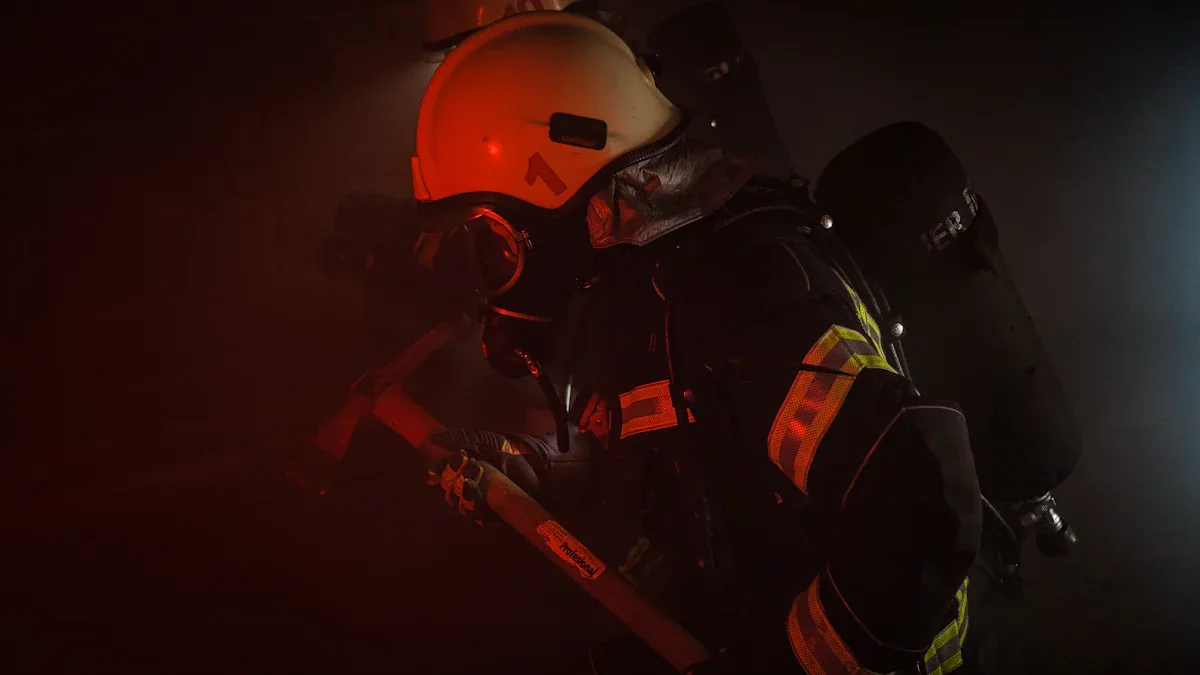
Early Detection Technologies
Early detection helps keep museums and religious sites safe. Quick action stops small fires from getting worse. Today, advanced systems protect buildings and artifacts without harm. Wireless smoke and heat detectors from Tyee work well in sensitive places. These detectors do not need long wires. You do not have to drill holes or damage walls. You can install them fast and move them if you change your layout.
Wireless systems use smart sensors. These sensors notice tiny changes in smoke or temperature. They react faster than older systems. They help you avoid false alarms. You can add more detectors as your site grows. This makes the system flexible and easy to update.
You can see new early detection technology in the table below:
Advancement Type | Description |
|---|---|
Lets you watch for fire risks in real time in sensitive places. | |
Smart Sensors | Find small changes in temperature, gas, and smoke for faster fire detection. |
Thermal Imaging and Infrared Tech | Helps you spot fire risks before they get worse. |
Tyee’s fire alarm controllers work with smart detectors. You get alerts right away and can watch everything from one spot. This helps you act fast and keep your site safe. Early detection lets you stop a fire before it spreads.
Tip: Pick wireless and smart detection systems for easy setup and better protection of your valuable collections.
Zero-Damage Suppression Systems
You want to stop fires without hurting artifacts or buildings. Zero-damage fire safety uses special systems to protect people and treasures. You can choose from several new options:
Inert gases like nitrogen and argon lower oxygen levels. This stops fires but does not leave anything behind. Your artifacts stay clean and safe.
Clean agents such as FM-200 and Novec 1230 work fast and do not hurt electronics or artwork. They leave nothing behind and are safe for people.
Water mist systems use tiny water drops. They cool fires and use less water than regular sprinklers. This means less risk to your building and collections.
Here is a quick look at how these systems work:
Evidence Type | Description |
|---|---|
Inert Gas Effectiveness | Inert gases like N2 and Ar lower oxygen so fires stop but people stay safe. They do not harm the environment. |
Modern Technology | New release systems aim at the fire and protect other materials. |
Synergistic Effects | Using different agents together makes fire suppression better and lowers pollution. |
These systems do not leave water or chemicals behind. They work fast and are safe for sensitive places. You also get extra benefits:
Inert gases stop fires without damage or residue.
Clean agents work quickly, are safe for electronics, and have low toxicity.
Water mist systems use less water and cool fires fast.
Tyee’s solutions work with these suppression systems. You can connect detection and suppression for full safety. When a detector finds danger, the suppression system acts right away. This protects your site even if no one is there. You keep your artifacts safe and your building strong.
Note: Using both detection and suppression systems helps you act early, stop the fire, and lower damage before help arrives.
You can trust these new systems to protect your museum or religious site. They help you follow safety rules and keep your history safe for the future.
Implementation & Compliance
Staff Training and Maintenance
You must make sure your fire safety system works daily. Pick products that are easy to install, like tyee’s. These systems fit into your museum or religious site with little trouble. You can set them up fast, even in old buildings. Remote monitoring lets you check your system from anywhere. You get alerts if something is wrong, so you can fix it before it gets worse.
Charles Thomas worked at Chester Cathedral. He said, “Most fire safety steps happen after a fire starts. Thermarestor can stop fires before they begin. It is a new way to keep places safe from fire.”
The system checks for overheating in circuits all the time.
It sends you notifications if it finds a problem.
You can use these systems in both new and old buildings.
Thermarestor and similar systems warn you before a fire starts. This helps you fix problems early. You protect your site and help keep history safe.
Training your staff is just as important as having good technology. The best programs let your team practice real emergencies. For example:
Some workshops use small, controlled fires to show how fires act.
Staff learn to look for hazards and store things safely.
Hands-on lessons teach your team how to handle damaged items and act fast.
Regular training and maintenance keep your fire safety plan strong.
Cultural and Regulatory Considerations
You must follow local rules and respect cultural values when you set up fire safety systems. Each country in the Middle East has its own laws for disaster risk management. You need to check these rules before you start. Work with local experts who know the regulations and understand the needs of your site.
Respect the traditions and beliefs of your community. Choose systems that blend in and do not disturb sacred spaces. Use quiet alarms and hidden detectors when possible. This shows respect and keeps visitors comfortable.
Consideration | Action Step |
|---|---|
Local Regulations | Review fire codes and get needed approvals. |
Cultural Sensitivity | Use non-intrusive systems and quiet alerts. |
Staff Involvement | Train staff on both safety and respect. |
You build trust with your community when you show care for both safety and tradition. This helps you protect your site for future generations.
You can keep your museum or religious site safe by taking some important steps. First, do a risk check that matches your building and what you have inside. Use new, gentle fire safety technology. Make sure your staff knows what to do and check your system often. Use smart tools and get help from experts for the best safety. The table below explains why this plan helps protect special places:
Why Combine Advanced Tech and Tailored Risk Assessment? |
|---|
Fire risk checks must look at what makes each place special. |
Plans should look at both the building and what is inside. |
Working together from different fields gives better safety. |
Checking what could get hurt is very important. |
Teamwork helps make the best safety tools. |
You can talk to fire safety experts or tyee to get a plan made just for you. This helps you save your history and keep your site safe for many years.
FAQ
What does “zero-damage” fire safety mean for museums and religious sites?
Zero-damage fire safety means you protect your site from fire without harming artifacts or sacred spaces. You use gentle systems that do not leave water, chemicals, or marks behind. Your treasures stay safe and untouched.
How do wireless fire detectors help protect historic buildings?
Wireless fire detectors let you install safety systems without drilling or damaging walls. You can move them easily if you change your displays. These detectors keep your building’s structure and history safe.
Can I upgrade my fire safety system without closing my museum or site?
Yes, you can. Many modern systems, like those from tyee, allow quick installation. You do not need to close your site. You keep visitors safe while you upgrade your protection.
What should I do if my site has unique artifacts or layouts?
You should ask fire safety experts for a custom plan. They use smart tools to check your risks. You get advice that fits your building and collections. Your unique treasures stay protected.
How often should I train my staff on fire safety?
You should train your staff at least once a year. Practice helps everyone know what to do in an emergency. Regular training keeps your team ready and your site safer.

